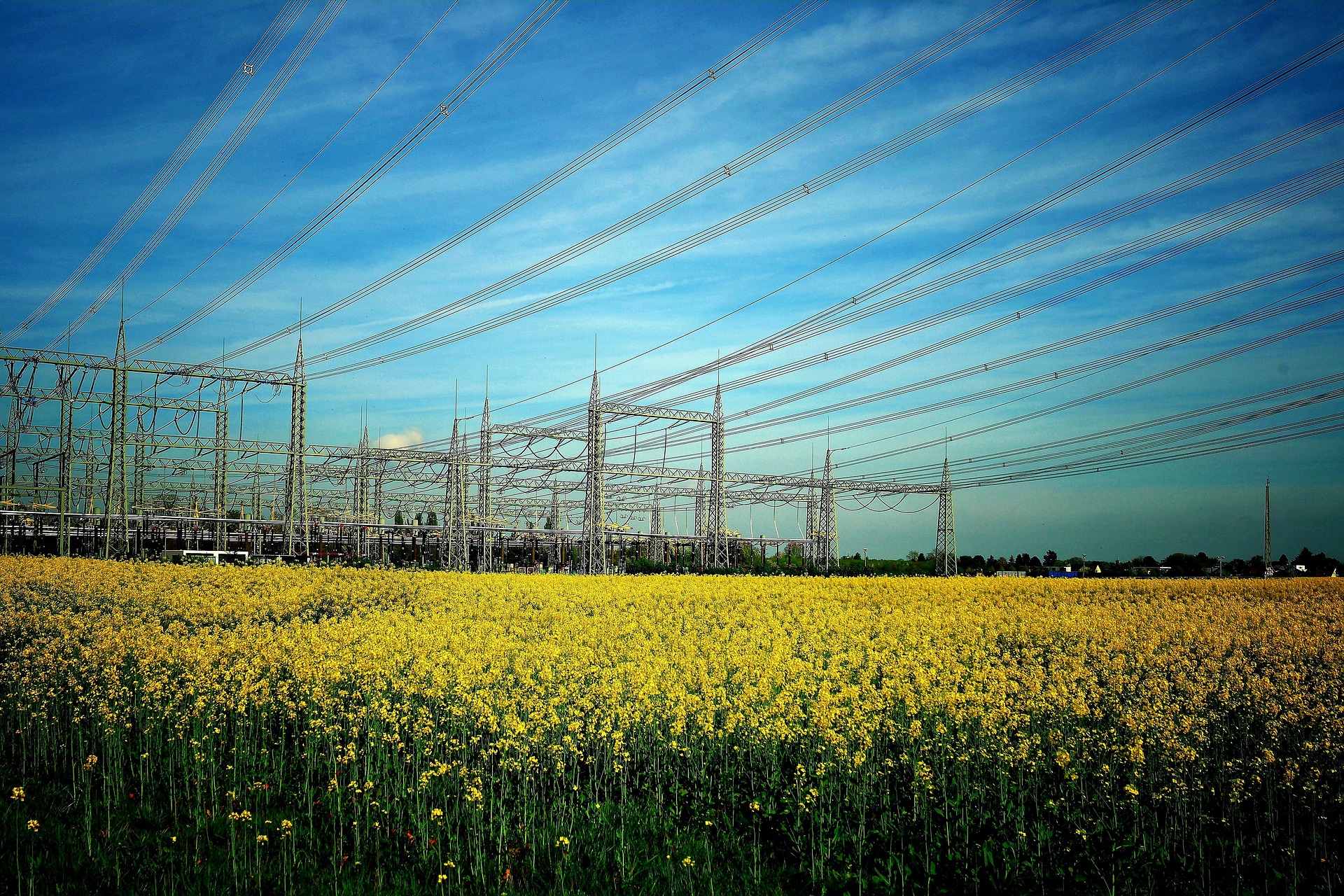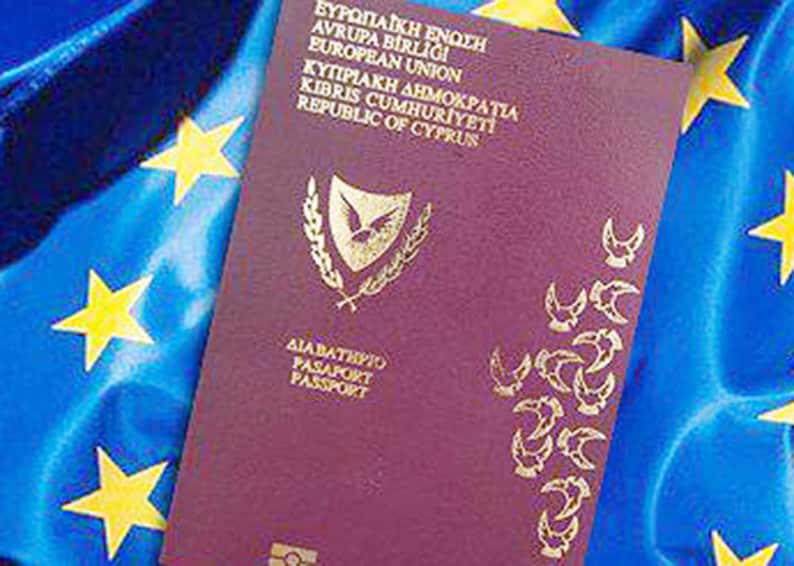On a purchasing power basis Malta had the lowest electricity price in Europe in 2024, in contrast to Cyprus that had the second highest price. Both are small island states within the EU, with Malta having a slightly higher GDP per capita than Cyprus.
So, what is driving this huge disparity and what can Cyprus learn from it? The main contributory factors are in descending order:
- Use of natural gas by Malta
- Lower emissions and lower emission allowances
- ‘Single buyer’ Electricity Market Model
- Lower taxes
In 2024 the average Maltese household electricity price was €0,13/kWh, less than half the EU average €0,28/kWh, whilst in Cyprus it was €0,32/kWh.
By far the biggest factor contributing to this difference is that Malta is burning natural gas to produce electricity, while Cyprus is still relying on expensive, high emission, diesel/mazut. In addition, Malta’s electricity generation benefits from modern, efficient, combined cycle turbines, whilst Cyprus still relies primarily on inefficient steam turbines.
In 2024, the average price of LNG was $12/mmBTU (million BTU) and diesel was $107/barrel. Based on these, had EAC used gas for electricity generation in 2024, its combined fuel and emission allowances cost would have been reduced by more than 50 per cent.
In 2024, renewables provided 24 per cent of Cyprus electricity, with Malta achieving 18 per cent low carbon electricity. Malta’s advantage is that it benefits from lower renewable electricity prices due to its use of the ‘single buyer’ model.
In this, one entity is the designated buyer -in Malta’s case Enemalta- buying energy from independent power producers competing for long-term power purchase agreements. The ‘single-buyer’ is also responsible for securing supply by dispatching all generation assets in real-time at the minimum possible cost.
Maltese households receive a fixed rate of €0,016 per kWh for renewable energy. In Cyprus renewable electricity is charged at just below the conventional electricity price. Based on the ‘single buyer’ model, the price difference would have meant that the cost of Cyprus’ 24 per cent renewable electricity would have been halved.
In 2025, Cyprus reduced VAT on electricity from 19 per cent to 9 per cent. Malta’s total tax on electricity is only 6 per cent, effectively a subsidy.
Had the combined benefits of all these factors been available to Cyprus in 2024, the price of electricity would have been more than halved to about €0,15/kWh, close to Malta’s.
Clearly, Cypriot energy consumers pay the price for not switching to gas-fired power generation and due to expensive renewables.
The priorities in 2026 must be:
- To complete the Vasilikos LNG import project and switch power generation to cleaner and cheaper gas.
- Monitor the benefits of introducing the ‘target electricity model’ in September, if any. By early 2026, should this not produce substantial reductions in the price at which renewable electricity is charged, Cyprus should be ready to switch to the ‘single buyer’ model
In a ‘target electricity market model’ the price of electricity is determined by the marginal cost of the last power plant needed to meet demand – in the case of Cyprus, conventional power generation plants.
The additional incentive of switching to gas is that massive amounts of new LNG will be entering the international markets between 2025-2030, increasing global capacity by over 50 per cent. As a result, prices are forecast to come down significantly, to $9/mmBTU in 2027 and $8/mmBTU in 2028 – about two-thirds of the 2024 average. These would lead to further reductions in the price of electricity produced from gas.
Cyprus must also consider reducing taxes on electricity even further, in line with the European Commission’s (EC) ‘Action Plan for Affordable Energy’, adopted in February. This sets actions to lower electricity costs for European consumers and businesses. The Plan recommends that Member States lower national taxes and levies in the electricity bill to the minimum excise duty rates provided for in the Energy Taxation Directive, of € 0.0005/kWh, apply the reduced VAT rate allowed by the VAT Directive of 5 per cent and eliminate levies that are not energy-related, presumably including double taxation. The government should not be using the electricity price to collect more taxes, at the expense of hard-pressed consumers, especially at a time when it is running a massive fiscal surplus.
The single-buyer model would promote competition among renewable electricity producers as it decouples the price of renewable electricity from that of conventional electricity. Combined with battery storage at scale, this could bring significant benefits.
Clearly, Cyprus has much to learn from Malta and should pursue vigorously the above recommendations. The means to reduce the price of electricity to affordable levels are there to be grasped. The opportunity should not be squandered.
Charles Ellinas is Councillor of the Atlantic Council. The article is republished from the Blog of the Cyprus Economic Society (https://cypruseconomicsociety.org/blog/blog-posts/)







Click here to change your cookie preferences